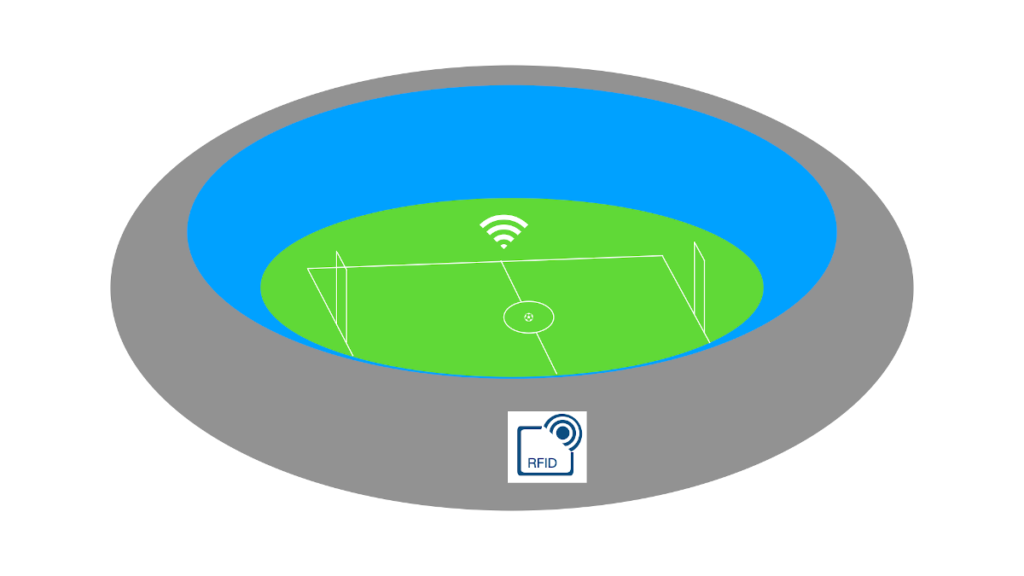Technologies in Sports

Use of technologies in sports ?
Football, Cricket, Tennis, Swimming have the best examples of technologies deployment in sports. Let’s check different tech application in sports industries.Sports technologies have made the industry to gain big revenues on events.
Live Telecast
1936’s Berlin Olympics, regarded as the first sports event broadcasted live in the history of television.
Instant Replay
Tony Verna, director of the TV broadcast revolutionized the way we watch televised sports. He introduced instant replay in 1963, a football match between Army vs Navy. First time ever on a live TV.
That new device, instant replay, involved tape decks the size of refrigerators, housed in a giant truck. Verna was so unsure about the result, he didn’t tell anybody else about it until just before game time.
Sensors
Sensors are smaller, more accurate, and providing more data as time goes on. Designed to measure pressure, temperature, humidity, acceleration, sensors can provide the right information to make more informed decisions. Learn how sensors are shaping the games we watch and play.
Clubs are now using motion sensors on players to track their every touch. Football clubs are using technologies to analyze performances. New products are allowing them to track their players’ every move.
Eg. Running, Tennis, Fencing and Swimming and more
RFID Chips technologies in sports
1. Access Control & Fraud Prevention
Usage of RFID in bigger sports events. As result, reduced friction at the entry point. Fans don’t have to carry paper tickets, input information, or even cash.
2. Season Passes & Memberships
On game day it is everything to super-fans with season passes and memberships, and management want them to feel part of the team. RFID technology is the perfect way to make this happen.
3. Cashless Payments.
On stadium viewers don’t need to carry cash with them. It give a sense of freedom to watch the match worry free.Viewers can make payments with a tap of wrist.
4. Race Timing
Athlete can measure their performance with wearable RFID chips on jersey, wrist band or shoes. This allow fans to follow the sports persons performances instantly.
5. Secure Parking
Viewers want to reach stadium on time. This make them to bring their own cars and bikes to stadium. Imagine a stadium with 1,00,000 seats and their vehicles. RFID helps to find any free parking spaces and track their vehicle’s parking spot after the match.